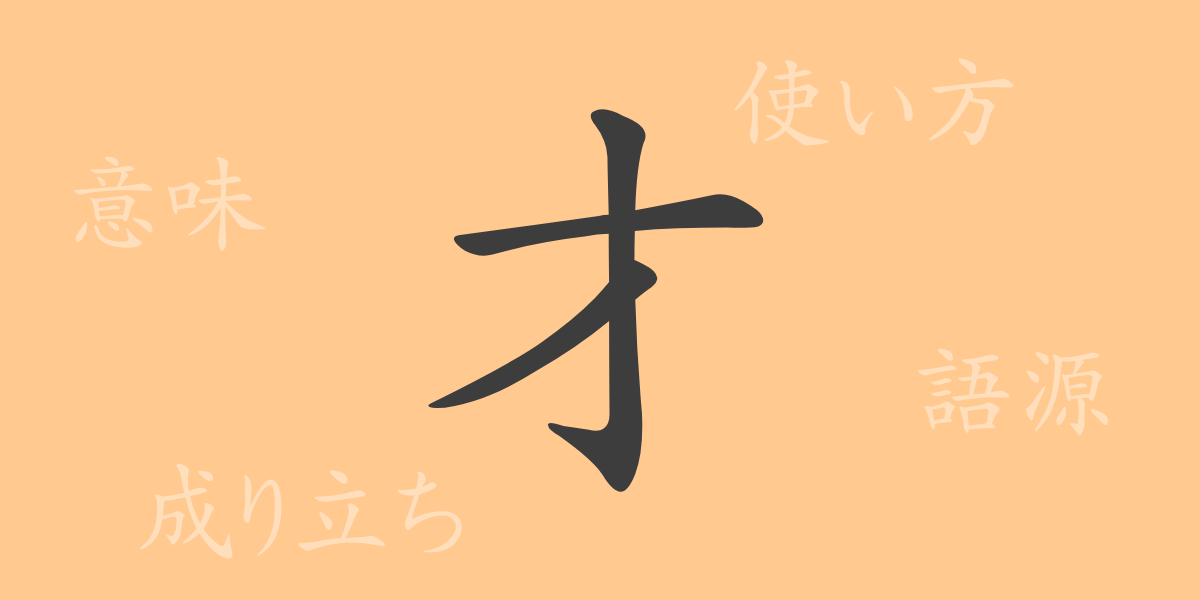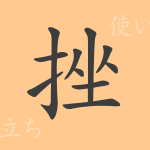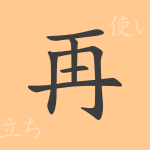In the Japanese language, the character “才” (sai) holds much more than mere pen strokes. This single character encompasses a deep meaning that signifies a person’s abilities and innate talents, playing an important role in Japanese culture and language. By delving into the history, meaning, and usage of “才” (sai), we can gain a deeper understanding of the beauty and complexity of Japanese.
Etymology of 才 (sai)
The kanji “才” (sai) originated from ancient China and derived from a pictographic character resembling a shell. In ancient times, shells were used as currency, making “才” (sai) a symbol of wealth and valuable items. Over time, “才” (sai) evolved to not only signify material value but also refer to a person’s internal talents and abilities. In modern Japanese, it is widely used to denote such meanings.
Meanings and Usages of 才 (sai)
In contemporary Japanese, “才” (sai) is used to denote “ability” or “innate talent.” It is often seen in contexts referring to a person’s special talents or qualities. Additionally, “才” (sai) is used to represent age, recognized as an abbreviation of “歳” (sai). For instance, it can be used in sentences like “彼はピアノの才がある” (Kare wa piano no sai ga aru, He has a talent for piano) or “彼女は10才だ” (Kanojo wa jussai da, She is 10 years old).
Reading, Stroke Count, and Radical of 才 (sai)
“才” (sai) is one of the fundamental kanji in Japanese, and learning its reading and structure is crucial for Japanese learners.
- Reading: In the on’yomi reading, it is read as “サイ” (sai), and it has no kun’yomi reading.
- Stroke count: It has a total of 3 strokes.
- Radical: The radical is 手 (tehen, meaning hand).
Idioms, Phrases, and Proverbs Using 才 (sai) and Their Meanings
Idioms, phrases, and proverbs that include “才” (sai) often evaluate a person’s abilities and talents. For example, “才色兼備” (saishoku kenbi) refers to a woman who possesses both talent and beauty. The proverb “天は二物を与えず” (Ten wa nibutsu o ata-ezu) implies that it is rare for one person to possess multiple talents. These expressions reflect the values that Japanese people hold regarding talent.
Conclusion on 才 (sai)
The meaning encapsulated in a single kanji reflects the culture and values of a nation. “才” (sai) is not just a symbol to indicate age but also plays a crucial role in representing a person’s internal worth and abilities. We hope this article has deepened your understanding of the rich history and meaning of the character “才” (sai). For learners of Japanese, “才” (sai) will continue to be cherished as a kanji symbolizing a person’s potential and growth.

























